




Scale Modeling and Military History






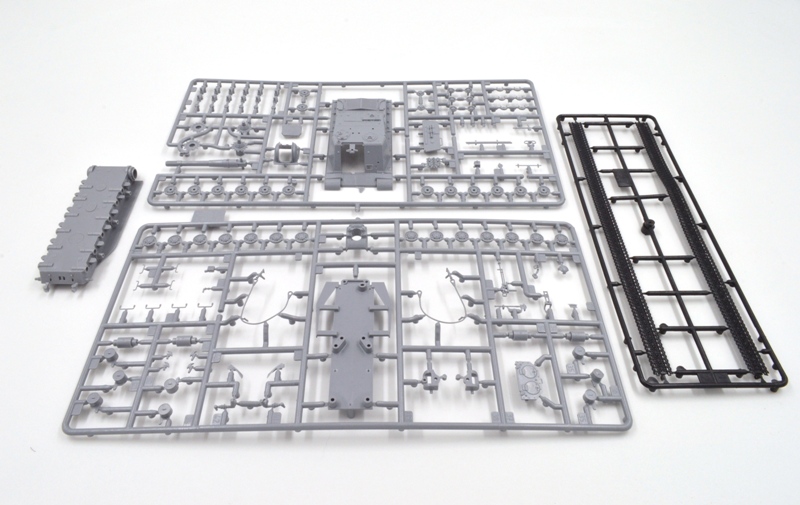







Here is the Eduard Lavochkin La-7. The Dual Combo and Limited Edition boxes contain colored PE and masks, the Limited Edition also has a PE fret for dropped flaps. There is only a single sprue but it allows for building either the two- or three-gun versions. I replaced the kit spinners with resin ones from SBS as the shape is more accurate. Sidewall detail is faint and adding the PE does little to bulk it up. I added additional depth with Evergreen. I also added Evergreen to the wheelwells to simulate the ducting from the wing inlets visible there. There is a gap into the well which needs filling or you can see in through the wing inlets.
The markings are for an La-7 of Major Sultan Amet-Khan HSU x 2, 9 GIAP, East Prussia, December 1944. Amet-Khan was credited with 30 individual and 19 shared victories. The metal panels behind the exhausts were painted Alclad Aluminum with Alclad Steel discoloration. The metal cowl bands are kit decals.





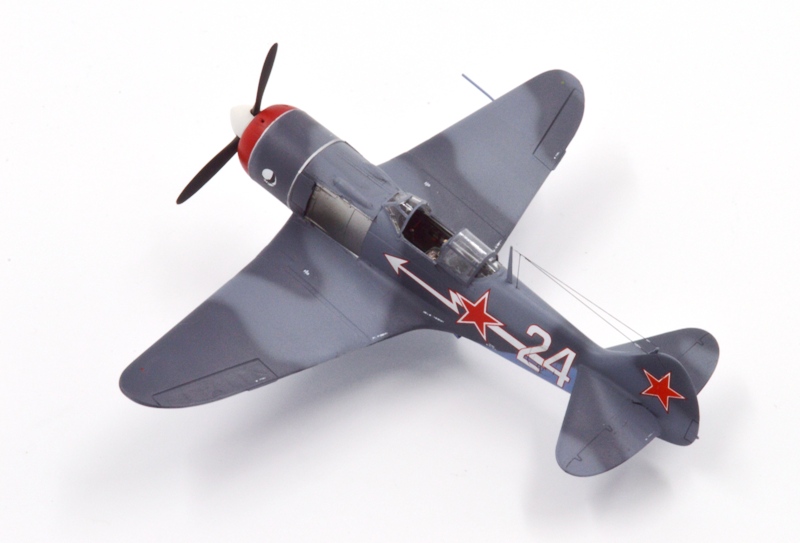
Radioman Second Class Francis Cinque was assigned to the Auk-class minesweeper USS Broadbill (AM 58) during World War Two. He participated in Operation Neptune, the naval component of the Allied landings at Normandy, the bombardment of the Port of Cherbourg, and Operation Dragoon, the invasion of Southern France. I recently had the privilege of helping his grandson’s family identify some of the pictures from his album, and they agreed to allow me to share a few of them here.
This set was taken by RM2 Cinque from the USS Broadbill (AM-58). They show useful details of the ship and interesting events surrounding her operations.
I have identified Mr. Cinque’s photographs to the best of my abilities, and added supplementary photographs where they are useful. If anyone has any additional information or can correct any errors I may have made please add your information in the comments below and I’ll pass them along.
USS Broadbill (AM-58) History
Laid down 23 July 1941 by the Defoe Shipbuilding Co., Bay City, MI
Launched 21 May 1942
Commissioned USS Broadbill (AM 58), 13 October 1942
Decommissioned December 1945 at San Diego, CA
Recommissioned 19 March 1952
Decommissioned 25 January 1954 at Orange, TX
Reclassified as a Fleet Minesweeper (Steel Hull), MSF-58, 7 February 1955
Struck from the Navy Register 1 July 1972
Sold 1 December 1973
Acquired in 1974 by David A. Hahn of Orange for use as a yacht and renamed Anaconda
Specifications:
Displacement 890 tons standard, 1,250 full load
Length 221′ 2″, Beam 32′ 2″, Draft 10′ 9″ (Length 67.4 m, Beam 9.8 m, Draft 3.3 m)
Propulsion: Two 1,559 shp ALCO 539 diesel electric engines, Westinghouse single reduction gear, two shafts. Speed 18.1 knots (33 km/h)
Complement: 105
Armament: One 3″/50 dual purpose gun mount, two single 40 mm gun mounts, eight 20 mm guns, two depth charge tracks, four depth charge projectors, one Hedgehog projector, capacity for up to eighty mines.







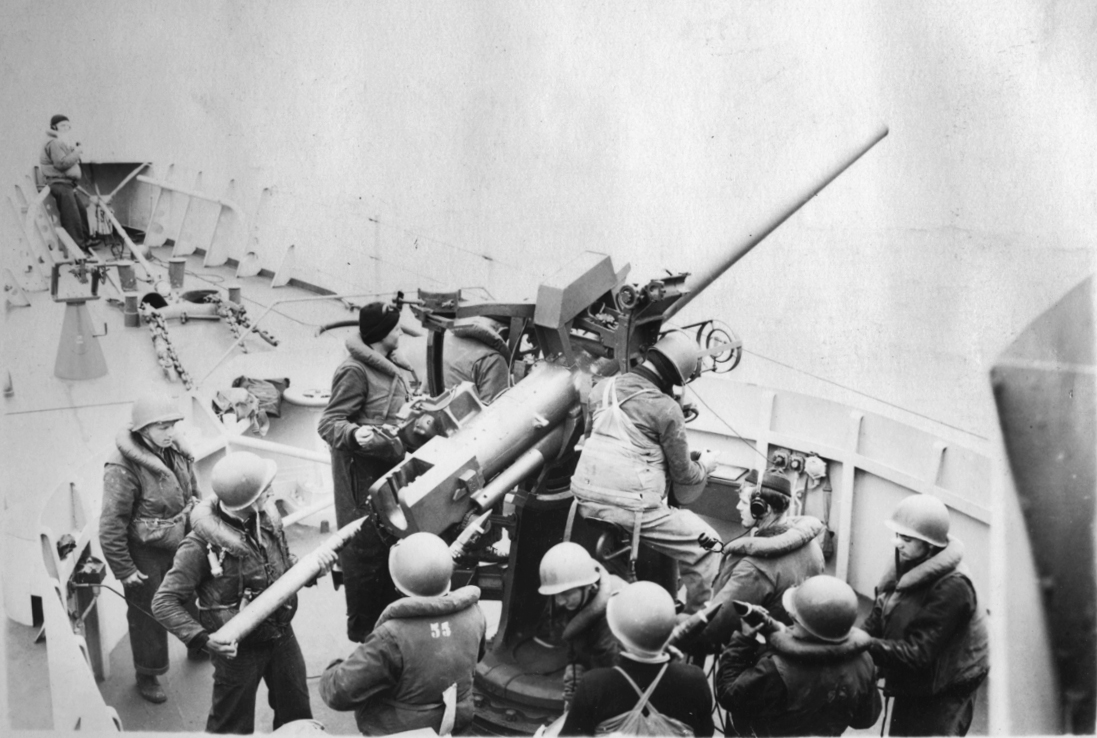









The IS-2 is the Russian answer to the German King Tiger, but gets little recognition in the West. Big and heavily armored, its 122 mm gun made it a match for any German panzer on the battlefield. This is billed as a snap-together kit, but serious modelers universally use a little glue anyway just to be safe. Don’t dismiss it because of the snap-together design, it is nicely detailed and the fit is spot on. Test fit with caution though, the parts are designed to bind together and may be a little hard to separate when fully seated. Build thread here: inchhighguy.wordpress.com/2019/11/22/zvezda-is-2-soviet-heavy-tank-build-in-1-72-scale/








Those Navy Guys and Their PBYs: The Aleutian Solution
By Elmer Freeman
Paperback, 267 pages, illustrated
Published by Kedging Publishing Company July 1992
Language: English
ISBN-10: 0963246305
ISBN-13: 978-0963246301
Dimensions: 10.1 x 7.5 x 0.8 inches
This is a first-hand account written by an member of a PBY (Patrol Bomber, Consolidated) squadron operating in the Aleutian Islands during the first part of the Second World War. Freeman starts out on the beaching crew hauling flying boats up the ramp with VP-41, but is advanced to aircrew and eventually a Plane Captain with VP-42 when they deploy. Winter operations with the PBY in the Aleutians were considered impossible before the war but were something which had to be done when the war started, although with considerable difficulty and risk.
Freeman describes in detail the various procedures and duties involved in PBY operations, and the specific challenges posed by the Aleutian weather. I found the specifics fascinating. Installing the beaching gear (wheels) on a flying boat so it could be hauled out of the water up a ramp was a choreographed operation. Life aboard a seaplane tender was no vacation, Aviation Machinists Mates stood engineering watches alongside the ships’ crew when underway. When moored to a buoy, the aircrew posted watches aboard their aircraft, which were equipped with bunks and a small galley. At times the aircrew preferred to live aboard their aircraft rather than ashore in tents during the Alaskan winter. Freeman describes all the operations of a PBY squadron fighting against both the Japanese and the weather.
I thoroughly enjoyed this book. It is a hidden gem, offering insight into a little known theater of the war and aircraft operations which are not as well covered as the carrier or bomber types. There are numerous photographs, all produced on a full page. Freeman’s writing style is relatable and easily accessible, he strikes a good balance between providing detail and keeping the narrative flowing. My only suggestions for improvement are this book should be in hardback, and the paper could be a higher quality to display the photographs better. A good read, highly recommended.
As an aside, I picked up this book at the Half Price Books sale for $2.00. I love a deal! On the back cover is a retail sticker from “Skagway Alaska”. I have to wonder how the book moved from Skagway to the Lower 48, eventually to wind up in my collection. Each book has its own story.

Photographs taken at the Ropkey Armor Museum, Crawfordsville, Indiana.















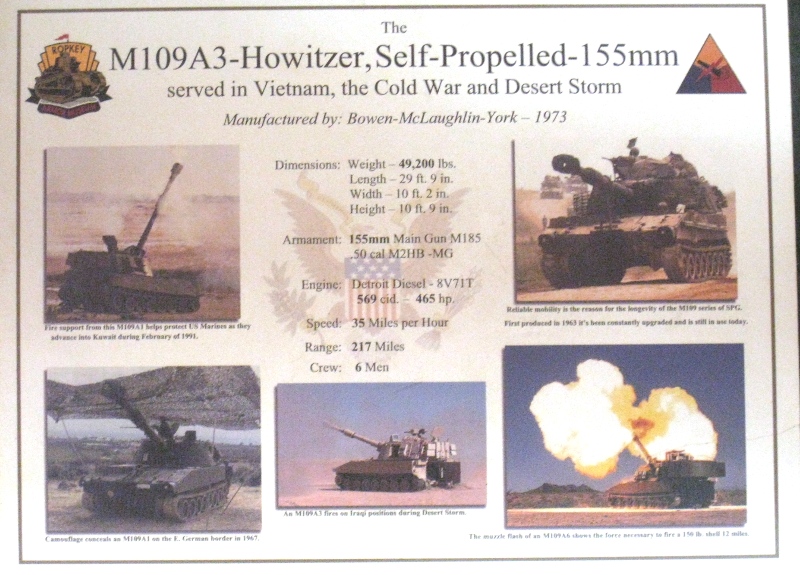






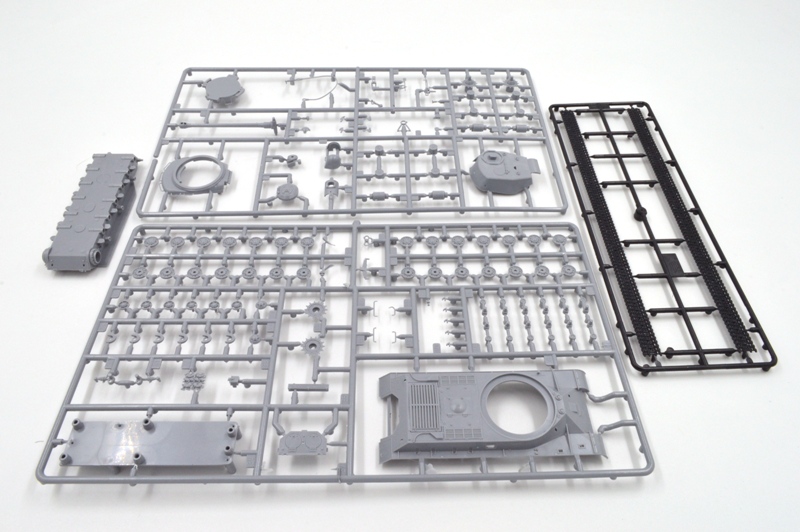







The Heinkel He 111Z was developed when the Luftwaffe suddenly realized they had neglected to design a tug big enough for their Me 321 glider. The solution was to stick two He 111 bombers together with an extra engine in between. Hasegawa’s kit contains two of their fine He 111s, substituting a new center section for one of the standard wing sprues.
I added the Eduard PhotoEtch interior set, if you open up the transparencies you can see inside this one so it is worth the time to dress it up. The Eduard canopy masks are a must for this kit, I’d hate to build it without the masks!
Overall, not a bad kit, although it has a few tricky areas. The nose transparency is molded in five sections, the three main ones are difficult to line up exactly. Test fitting and patience when building up the central core components and the nacelles really pays off. The model does look the part when completed, and the Eduard PE really dresses it up.










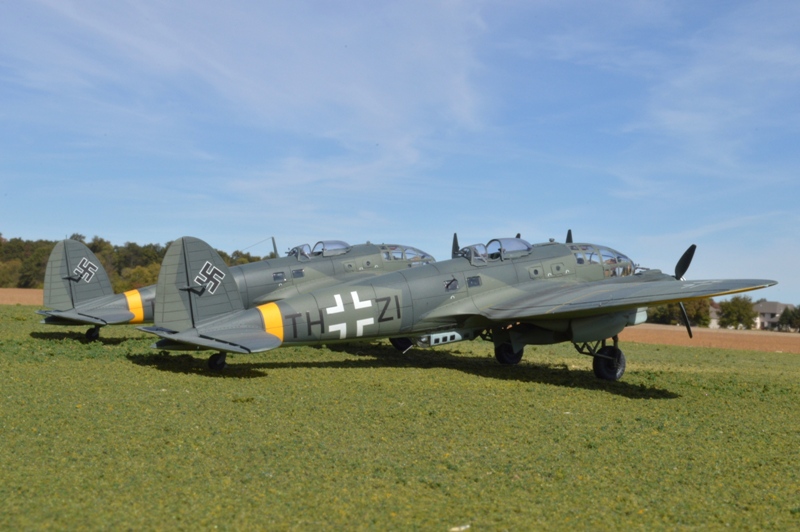


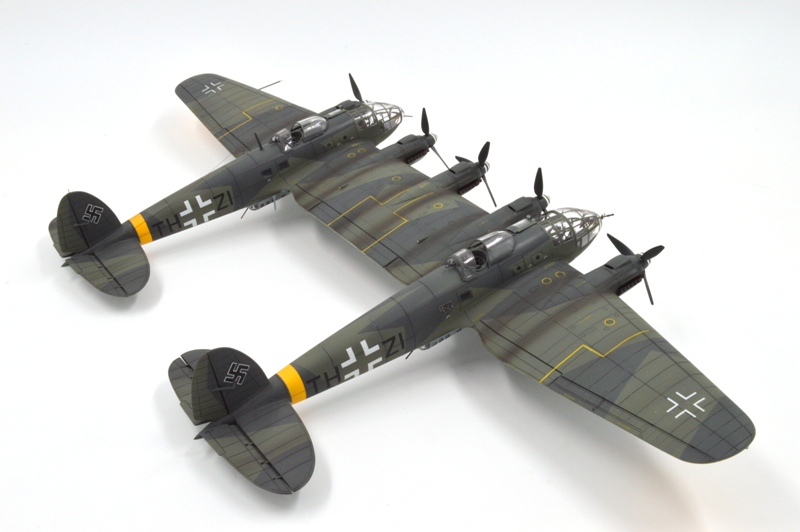
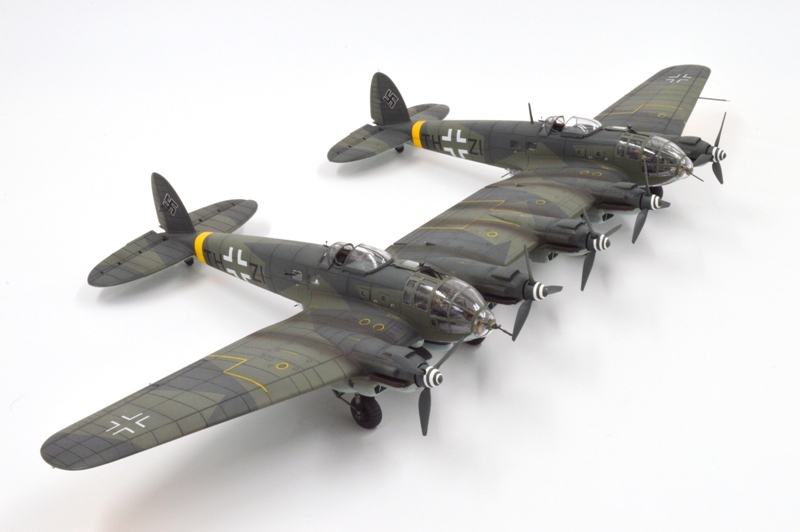



Scale models, where they come from, and people who make them
Scale diorama tips and ideas
Let's build, and build again even if you won't build everything you have bought
A futile fight against entropy or 'Every man should have a hobby'? Either way it is a blog on tabletop wargames, board games and megagames
World War II with Scale Models
Illustrating Stories, Painting Miniatures, Reviewing Realms.
This is my ad free non-profit blog of my research notes on military history since April 2018.
Moving with the tides of history
Building and improving scale models
WHENEVER ANY FORM OF GOVERNMENT BECOMES DESTRUCTIVE OF THESE ENDS (LIFE,LIBERTY,AND THE PURSUIT OF HAPPINESS) IT IS THE RIGHT OF THE PEOPLE TO ALTER OR ABOLISH IT, AND TO INSTITUTE A NEW GOVERNMENT― Thomas Jefferson
Let's build and build again
This WordPress.com site is Pacific War era information
Scale Modeling and Military History
The best in WWII aviation history
Scale Modeling and Military History
Scale models from the sunny side of the Alps.
Scale Modeling and Military History
Scale Modeling and Military History
Scale Modeling and Military History
Scale Modeling and Military History
Scale Modeling and Military History
Scale Modeling and Military History
Scale Modeling and Military History
A blog about Modeling and life in general